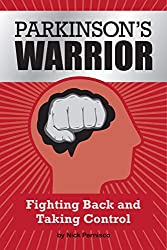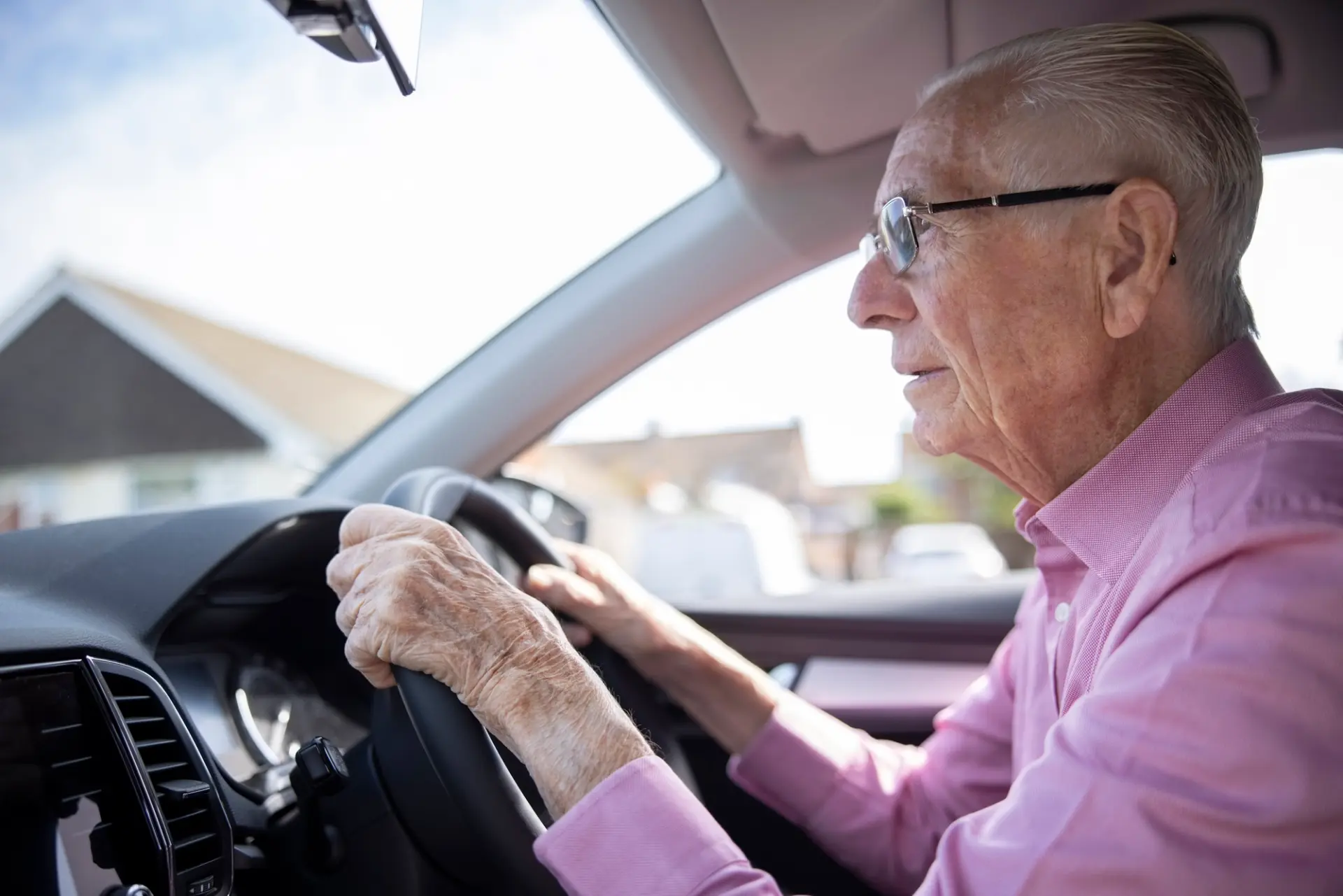Muscle cramps, also known as dystonia, is a common problem among people with Parkinson’s disease. This condition causes the muscles to contract involuntarily, leading to sudden and often painful spasms. Muscle cramps can occur in any muscle of the body, but are most common in the legs, feet, and hands.
There are several reasons why muscle cramps may occur in Parkinson’s patients. One of the most common is that the disease can affect the nerves that control muscle movement, leading to involuntary contractions. Additionally, some Parkinson’s medications can cause muscle cramps as a side effect.
Muscle cramps can be a significant problem for Parkinson’s patients, as they can cause pain, make it difficult to move, and interfere with daily activities. In addition, muscle cramps can lead to falls and injuries, which can be dangerous for Parkinson’s patients.
Fortunately, there are several steps that can be taken to help Parkinson’s patients manage muscle cramps. One of the most important is to engage in regular physical activity. Exercise can help to reduce muscle stiffness and tension, which can help to decrease the frequency and severity of muscle cramps. It is important to consult with a doctor or physical therapist to determine the best exercise plan for an individual patient, as some Parkinson’s patients may have difficulty with certain types of exercise.
Medications can also be used to help Parkinson’s patients manage muscle cramps. For example, antispasmodic medications can help to relax the muscles and decrease the frequency and severity of cramps. Additionally, some Parkinson’s medications can help to reduce muscle stiffness and tension, which can also help to decrease muscle cramps.
It is also important for Parkinson’s patients to maintain good posture and body mechanics. This includes standing and sitting with good alignment, and avoiding prolonged periods of sitting or standing in one position.
In addition to these steps, some alternative therapies can also be helpful for Parkinson’s patients managing muscle cramps. Acupuncture and massage therapy can be effective in relaxing the muscles and reducing cramps. Yoga and tai chi may also be helpful in reducing muscle tension and stiffness.
It is important for Parkinson’s patients to work closely with healthcare professionals to develop an individualized plan for managing muscle cramps. This may include a combination of exercise, medication, and alternative therapies. Regular check-ups and monitoring of the muscle cramps is necessary to adjust the plan as needed.
I am proud to release my new book, Parkinson’s Warrior: Fighting Back & Taking Control. The book details my journey with Parkinson’s, explains the essential concepts about the disease, and gives hope for those seeking relief from this relentless illness. If you would like to learn more about Parkinson’s, I humbly recommend you purchase this book. It is now available on Amazon.com and other bookstores in print and as an ebook.
We hope you enjoy the articles and other content on Parkinson’s Warrior, including our YouTube channel, our Facebook group, our app, and much more. If you would like to support us, please consider buying one (or all) of the Parkinson’s Warrior books, available from Amazon or by order at your local bookstore. We thrive when you thrive!
Nick Pernisco is the Parkinson’s Warrior, a person with Parkinson’s who has dedicated his life to helping others with Parkinson’s. Get the Parkinson’s Warrior book here. Join the discussion on Facebook.





